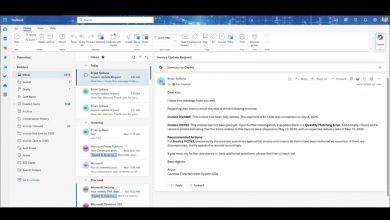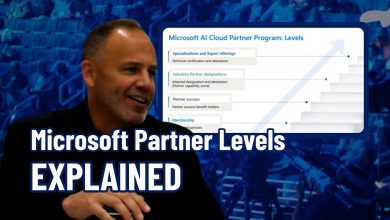Enterprise DevOps Ecosystems – Modular Platform for Building an Integrated DevOps Toolchain
Case study of how Atlassian built a Channel Partner Platform Ecosystem to deliver $10 billion in sales.
 A powerful scenario for implementing partner ecosystems is the enterprise software sector, where product and partner integrations drive better solution offerings for large organization customers.
A powerful scenario for implementing partner ecosystems is the enterprise software sector, where product and partner integrations drive better solution offerings for large organization customers.
Speaking at the SaaStr conference Atlassian CRO Cameron Deatsch describes their channel strategy and how it has enabled them to grow to a $3 billion business, and how they plan to scale to $10 billion+.
Atlassian competes in three main markets: Agile and DevOps, IT Service Management and Work Management, and channel partners and complimentary product integrations are key to their success.
From 4m:30s Cameron highlights a critical insight:
Quite simply they sought to offer as frictionless a process as possible for customers to get from having a problem to getting into the product and solving their problem.
Channel Ecosystem Platforms
From 7m:00s Cameron moves on to discussing their ecosystem model, made up of three main partner types:
- Solution Partners – Consulting firms who provide implementation services. 700+ across 84 countries, generating over $1 billion.
- Marketplace Partners – Developers who extended the core product set through plugins. The marketplace has generated over $2 billion sales, paying out $1.5 billion to the partners.
- Strategic Technology Partners – Deep integrations and venture investment partnerships with major vendors, such as Slack and Snyk.
From 24m:55s Cameron describes the process that led to this becoming a single platform strategy. What they found when implementing these various partner programs was their 20+ product set was resulting in isolated silo development and core functionality work was being duplicated across them.
To address this they developed the Atlassian Cloud Platform, which standardizes common capabilities into a single function used across multiple higher level applications. Forge provides an app development infrastructure where ISVs can build and deploy into the Atlassian environment, leveraging these common functions.
Flywheelin’: 10 Learnings on Atlassian’s Unique GTM Model
On another SaaStr webinar Cameron further expands upon how Atlassian pioneered the direct-sales model in the B2B software space based on the belief that software should be bought, not sold. He walks through the challenges and benefits of building a flywheel powered by word of mouth and amplified by data-driven touchpoints.
As Atlassian CRO Cameron Deatsch described at his SaaStr conference talk they have grown to $3 billion in sales today, with ambitions to stretch to $10 billion in the near future, and their platform ecosystem model is central to this.
Similarly vendors like New Relic also replicate this approach, recently announcing 100 new integrations, growing its technology partner ecosystem by over 25%, adding new quick-start contributions from developer tools such as Atlassian, AWS, CircleCI, Jenkins, JFrog and Snyk.
Integrated Toolchain
Atlassian is a stalwart of the DevOps industry, used by over 200,000 organizations worldwide. They offer a suite of tools for automating the DevOps life-cycle, spanning from planning and collaboration through shipping code and service tracking, augmented by a third-party partner marketplace.
In the feature video the Head of DevOps Product Suzie Prince walks through what’s new with the suite.
From 4:00m Suzie focuses on the core message, the goal central to DevOps Flow, building an Integrated Toolchain. In other words it’s essential that each DevOps app doesn’t form yet another isolated silo, existing on their own as a standalone tool, but rather functions as a component part of an overall high performance value stream.
As Eric Billingsley writes on DevOps.com, the challenges developers face include poor interoperability between tools and manual handoffs causing DevOps automation silos, multiple test environments used through the process and the need for multi-cloud and hybrid deployments adding tons of unnecessary complexity, and increased policy and security requirements that simply cannot scale and remain manual.
Suzie states no one vendor can address this complexity and so a modular plug and play approach that integrates multiple vendors into a single value stream is the ideal solution. She describes how Jira can act as this integrating backbone with different vendors being plugged in to enable certain modular functionality, such that an idea, a commit, a branch or a bug-fix is linked to a Jira ticket, and end-to-end workflow is automated and visibility is laddered up to management in a consistent form.
A deep plethora of partners can be plugged in this way, to assemble the permutation of tool combinations best suited to your organizations needs, from Slack, Adobe, Invision through AWS, Zephyr, Datadog and Sentry can be switched on to enable functionality from early stage collaboration and planning through code deployment and monitoring.
As one example of a partner integration Applause announced a bi-directional integration capability so that application owners will be able to use a Jira project management application to create a ticket that requests a specific piece of code be tested or be sent to a tester that is a member of uTest, an online community of professional testers that Applause oversees.



